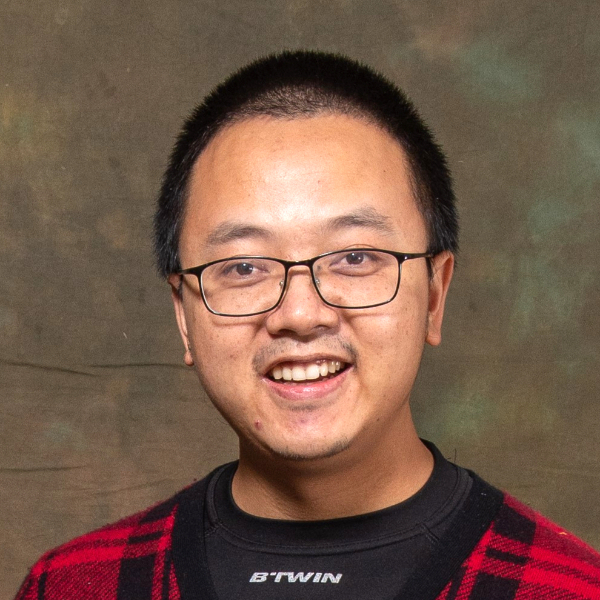The Open Road Book: Sanctuary Map USA
🗺️ From the Green Book to Today’s Immigration Sanctuary Map 🌍 In the 20th century, the Negro Motorist Green Book helped Black Americans travel safely through a segregated United States. It offered more than travel tips — it was a lifeline, a guide to dignity, safety, and freedom of movement in an unjust world. Today, a new kind of map is quietly taking shape — one that shows sanctuary cities, counties, and states. These are places where local policies limit cooperation with federal immigration enforcement. While protections vary, many immigrants find these jurisdictions to be safer ground for building their…
Continue reading...
